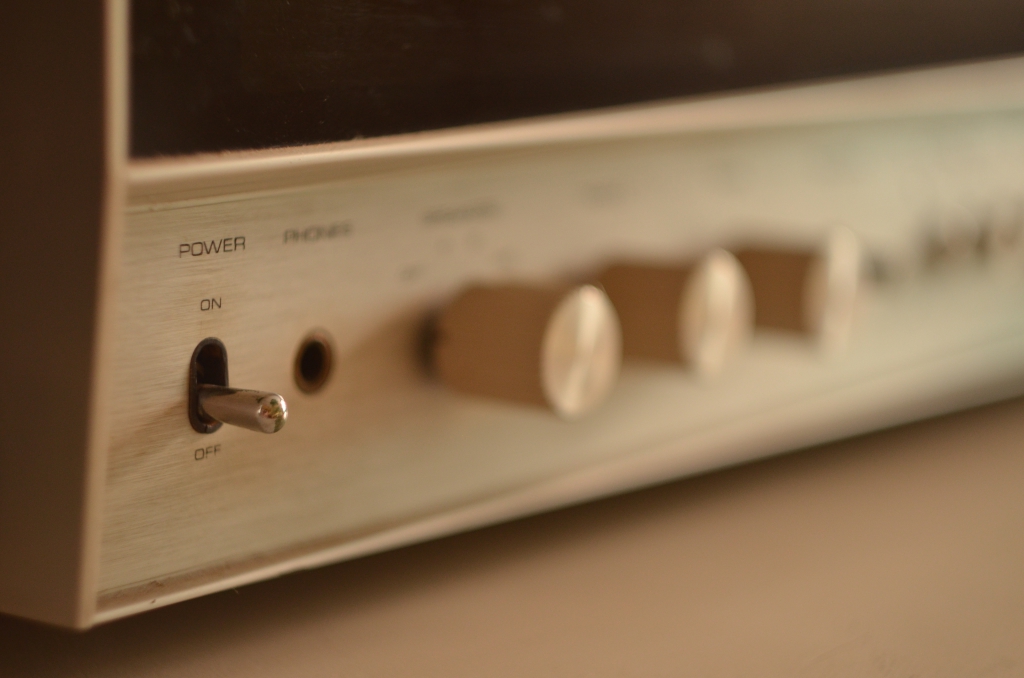
Why 2019 is seeing the renaissance of handwritten direct mail
 The term ‘direct mail’ hasn’t always oozed sexiness in the marketing world. Back when direct mail campaigns simply referred to flyering by the local pizza place, it deserved to die a death when digital marketing came about. Today though, we’ve gone full circle, and thanks to the tech gods, this channel is having a renaissance. Below, we explain why innovative companies are adopting this timeless tactic.
The term ‘direct mail’ hasn’t always oozed sexiness in the marketing world. Back when direct mail campaigns simply referred to flyering by the local pizza place, it deserved to die a death when digital marketing came about. Today though, we’ve gone full circle, and thanks to the tech gods, this channel is having a renaissance. Below, we explain why innovative companies are adopting this timeless tactic.
Consumers are switching off

There’s a problem with email today. We are now experiencing a period of digital fatigue. Despite living on our screens, it is apparent that as consumers we are becoming numb to all the content fighting for our attention. We are like spoilt children who have too many toys to play with - they lose their appeal and all become uninteresting.
In fact, the volume of digital advertising and marketing has been annoying UK consumers for so long, 22% are using ad blockers to prevent them from seeing ads in the first place. As a consumer, you may well be suffering from an overloaded inbox filled with mostly irrelevant spam. Research Institute Marketing Sherpa claims that companies will lose 25% of their email list on average every year, and we’re not surprised.
It’s not the lack of creativity amongst email marketers that’s causing 78% of customers to opt out of constant company communications. You can have the most inspiring imagery, the most personalised copy, the most relevant content, the most punchy CTA, but still no luck. The sheer volume of email means customers are not eagerly checking their inboxes and opening your latest irresistible offer.
While email open rates are plummeting and list size is shrinking, go where no-one else is - the postbox! To attract new customers and remain in their minds, you have to mix creative, relevant online tactics with unexpected, delightful offline tactics.
What makes handwritten direct mail different?

When you combine handwritten mail, the most archaic form of marketing, with the same smart tech that has driven email, display and social media advertising, you get the power of personal human communication at scale, and all at the touch of a button. At Inkpact, we refer to it as combining the head of marketing (data, analytics, automation) with the heart of marketing (the storytelling, the emotional connection, the thoughtfulness). The result? The clickable ease of digital campaigns with the power of personalised, handwritten direct mail.
Companies have been implementing direct mail campaigns for years on an ad-hoc basis, simply because they felt like it was the right thing to get responses and build trust with customers. However, Inkpact’s online platform means that this channel is now fully trackable and measurable. This empowers marketers to test different copy, design, imagery and CTAs, optimise performance and proudly share campaign ROI internally just as you can with email.
Time doesn’t need to prohibit you either. With our online platform, sending handwritten direct mail is as easy as sending an email. In a few clicks, you can brand stationery with logos and footer copy, type your message template and upload your recipient information in bulk via spreadsheets or automated seamlessly. We take the hassle out of sourcing packaging, shipping gifts and negotiating with printers so you can get on with other things.
Smart integrations can even automate and schedule handwritten notes within a workflow sequence or following a trigger to make the touchpoint highly targeted and relevant. You can sit back and relax, while we ensure your customers are receiving beautifully curated mail on their doorstep at the most opportune moment.
Multi-channel the combination…
Don’t be fooled, we’re not suggesting email should be replaced with handwritten direct mail, no no no. What we are suggesting is a multi-channel approach, combining digital and physical mail to get whooping great response rates. In the words of Mother Teresa: "'I can do things you cannot, you can do things I cannot; together we can do great things.”
Leverage the 100% open rates of handwritten direct mail to have your message read, and include CTAs as a bridge between the offline and online worlds, driving traffic to website pages, social media channels, videos links and QR codes.
Should your intelligent and beautiful email campaign not meet the desired opens, click-throughs or responses, integrate a direct mail campaign to show up in the postbox of those who haven't yet seen the irresistible new range, referral reward or consulting session on offer. It’s actually an efficient use of time and money, as all the digital creative and content currently being ignored by your email marketing list can be repurposed into personalised handwritten notes in a few clicks. The only thing we suggest is tweaking the copy to give it a more friendly tone.
Logically, where your open and read rates are higher, so are your response rates. This is further amplified by the thoughtfulness of handwritten direct mail. When customers receive a personalised note in the post, they feel as though someone went the extra mile for them. The principle of reciprocity explains that when you give someone something, the natural human response is to give back.
Sky high ROI…

Now we get to the bottom line. What we all work hard for are results. Across the broad spectrum of direct mail, the DMA found that direct mail sees response rates anywhere from 10 to 30 times that of email or display ads.
Just imagine if this was beautifully personalised, handwritten direct mail. Surely the response rates are only going to be higher! At Inkpact, we love all the ways our clients use handwritten notes to build real relationships with their customers, and the amazing ROI they get when sending thoughtful and personalised messages. This ranges from retailers increasing basket sizes on initial and repeat purchases, to high growth sales teams integrating handwritten notes into their sales cycle, to travel companies achieving sky high re-engagement rates.
Inkpact has a strong track record working with several UK hallmark companies. Without giving away their best-kept secrets, here are a few anonymised case studies to tickle your taste buds.
When everyone goes in one direction, the savviest companies go the other. In 1926, Coco Chanel rose to fame for her simple design of the little black dress, at a time when the rest of the fashion world was filled with flamboyant hats. In 2001, when all headphones were black, Apple made theirs white. In 2019, when all marketing is online, go offline.
